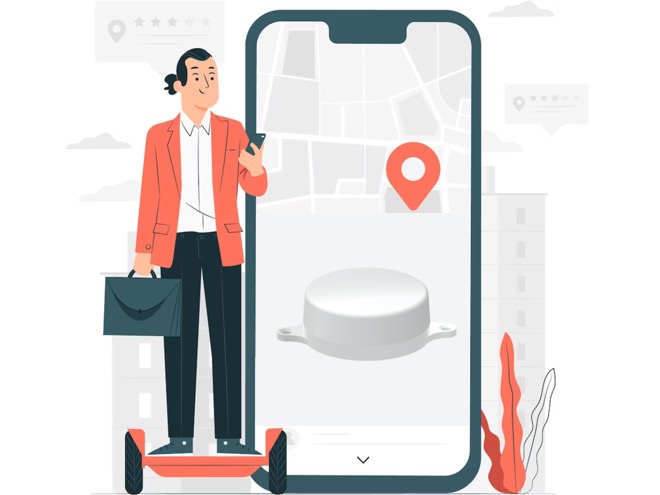
With the rapid growth of Bluetooth beacon technology, it’s important for organizations to understand key factors when selecting the right hardware to maximize value. Various beacon models exist with differences in capabilities that suit different use cases. This article outlines the most important criteria for businesses to evaluate when procuring beacons.
Battery Life and Power Options
Beacon battery life can range from 1-5 years depending on model. Evaluate accessibility and maintenance overhead to determine ideal longevity per application. For large-scale deployments, prioritize models with 5+ year battery ratings to minimize changes. Replaceable batteries avoid scrapping units. Consider wired power options for fixed placements.
Size, Form Factor and Design
Beacons come in a variety of shapes, sizes and designs. Smaller models under 1 inch wide allow discreet mounting in public venues. Larger units over 2 inches accommodate bigger batteries and antennas but may be obtrusive. Sleek finished consumer beacon designs are preferable for customer-facing uses.
Durability and Environmental Resistance
If beacons will be in harsh environments, choose models with high IP dust and water protection ratings. Analyze drop test results and casing materials like industrial plastics or rubber over-molds that enhance resilience. Temperature ratings are also important for extreme environments. Ruggedness ensures a long productive lifecycle.
Supported Detection Ranges and Flexibility
Detection range can vary from 30-150+ feet. Dual-mode beacons that toggle between short and long ranges provide the most flexibility. Zone-based network topologies optimize this. Shorter ranges work well for micro-locations while longer reaches enable larger coverage. Pick ranges per use case.
Mounting and Attachment Options
From adhesives to screw holes to magnetic backs, beacons offer various attachment methods suitable for different surfaces and environments. Consider permanence vs removability, exposure to public vs hidden placements, flat vs uneven mounting surfaces, and invasive vs non-invasive mechanisms.
Remote Management and Monitoring
Many beacons support cloud-based management platforms for administrating, configuring, updating and monitoring units remotely across sites. This simplifies large deployments. Prioritize models with over-the-air tools, monitoring APIs and battery diagnostics.
Carefully weighing key factors around hardware performance, design, flexibility and integration capabilities enables businesses to select optimal beacons tailored for their specific use cases and deployment environments. This diligence during procurement is key for maximizing value over the technology lifecycle.



